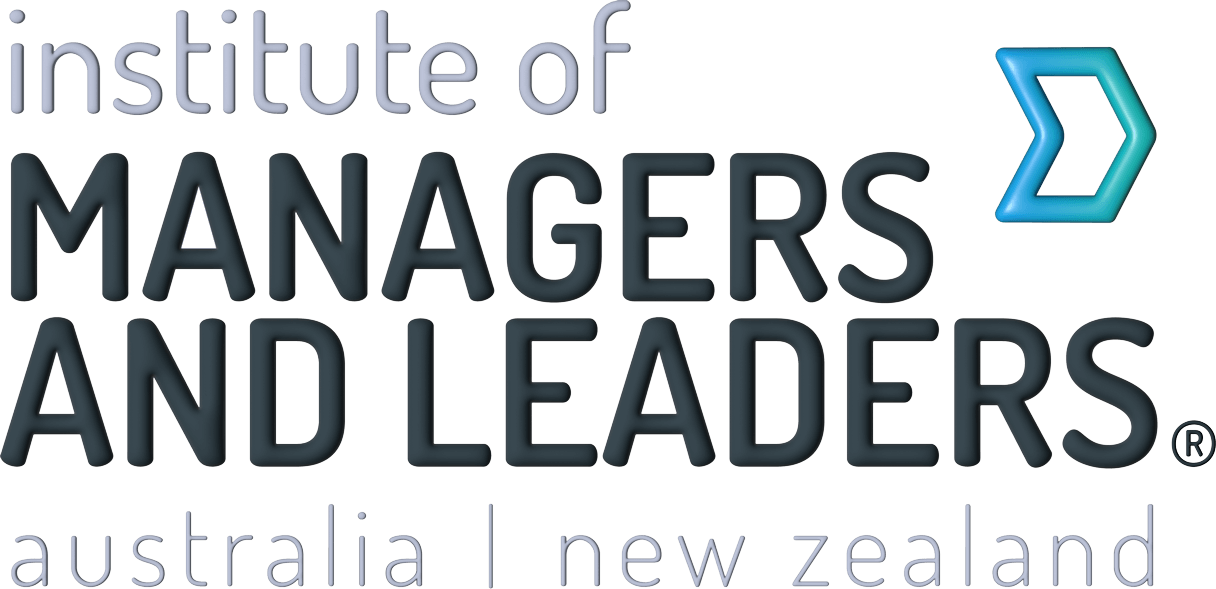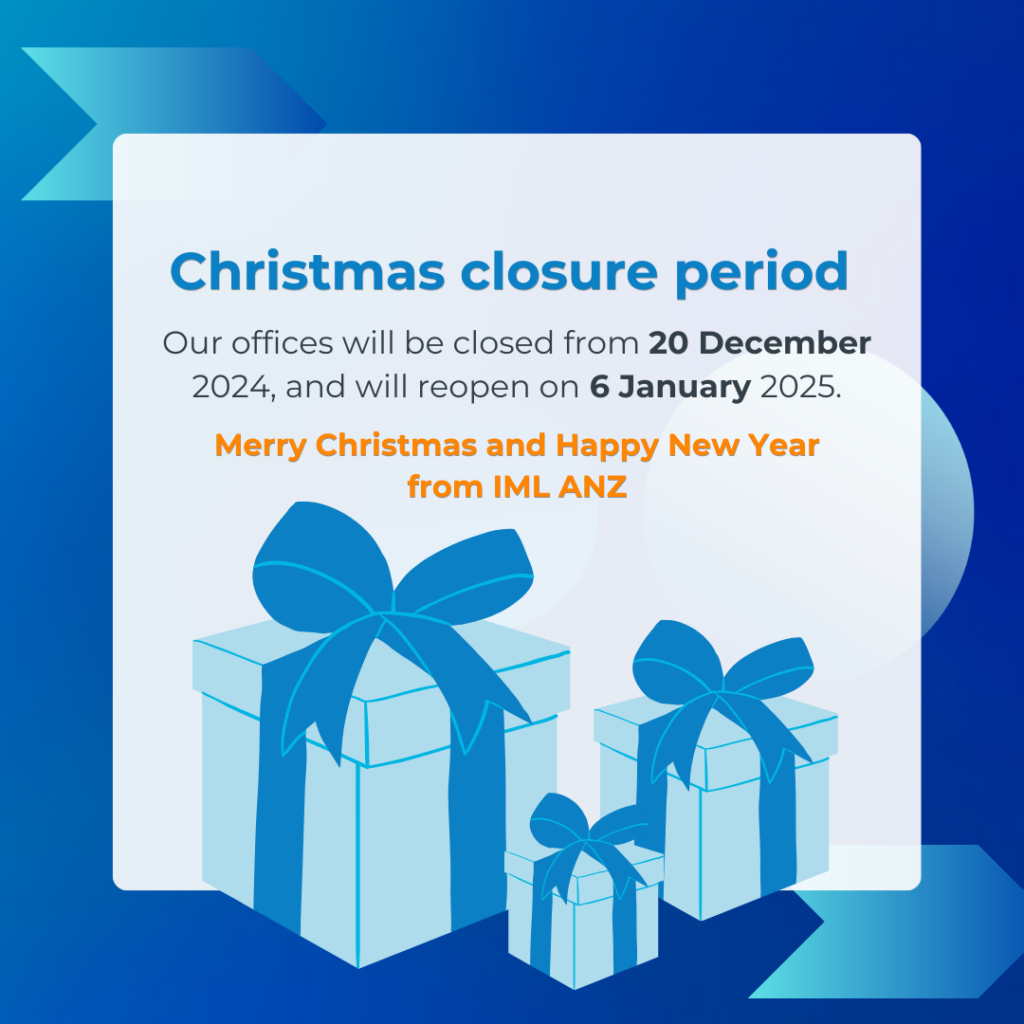Every year, studies rank the world’s most innovative companies, and while there are a few perennial stayers, others come and go from the list as internal and external changes impact performance. Disruption and change are a constant force in today’s environment. As the author of Exponential Organisations, Salim Ismail said: “Today, if you’re not disrupting yourself, someone else is; your fate is to be either the disrupter or the disrupted. There is no middle ground”.
Navigating disruption requires creativity. So, for leaders to be effective today and ready for tomorrow, creativity is a crucial competency to master. In fact, along with complex problem-solving and critical thinking, it’s one of the top three skills the World Economic Forum highlighted as essential in the time of the Fourth Industrial Revolution.
Expand your definition
Building your leadership competency in this realm starts with challenging your definition of what it means to be creative. Is being creative coming up with a new idea, or can it be taking something someone else has created and improving it?
Creativity is both because it comes in many shapes and sizes. The challenge is that leaders can convince themselves they aren’t the ‘idea person’, while labelling team members as either ‘creative’ or ‘non-creative’.
In their book Everyone’s an Artist (Or at least they should be), Ron Tite and colleaguesargue that connection, communication, imagination and originality are as important as our ability to calculate and code. They suggest that being an artist doesn’t mean we all have to turn a slab of marble into the next Venus de Milo (phew!). What we can do is nurture sparks of creativity.
We can all be creative, just in different ways and to various degrees.
So rather than falling into the trap of labelling yourself, and others, it’s time to seek out structures and activities that can help you tap into your creative ability and find new ideas.
Build your creative mindset
Leaders need to develop a creative mindset and look for opportunities throughout their working day to think differently and adopt new approaches. For example, this can include approaching problems with an open mind, taking risks, learning from mistakes, and using failure as a stepping stone to progress. It might involve reshaping, adding or subtracting from an existing idea. Creativity isn’t just about starting from scratch. Sometimes, a tiny creative tweak or alteration can turn an average idea into an awesome one.
Take time out
There’s a reason why many of your best ideas come to the fore when you are relaxed. You need to give your brain time to wonder and ponder. Daydreaming isn’t a waste of time. Mind wandering is not merely a distraction.
Letting your brain wander benefits your creativity, problem-solving abilities, and well-being because it can act as a natural stress-release mechanism. Mind wandering is also closely linked to memory consolidation, the process by which your short-term memories are transformed into long-term ones.
Expand your horizons
You want to consciously seek out activities that broaden your horizon through knowledge, connections, structure and activities.
When you read widely and seek knowledge from a broad range of sources, you will be able to bridge gaps and draw new connections. Remember, while expertise is highly valued, there is growing recognition of the value of the polymath, which is someone who isn’t solely focused on one discipline but has knowledge across many. Working with someone who has different experiences and knowledge can help you see the world and problems differently.
Structure your week so that you frequently do something new. While routines and habits are helpful, too much sameness dulls the creative senses. For example, undertake activities that differ from your day job. This approach will also create new neural pathways and activate new brain regions, which stimulates creative thinking.
Get shifting
When you move to a new space or place, your brain shifts, and you think differently. So, when you are stuck, move somewhere else, and notice how the new environment sparks new ideas. Being in nature and in the presence of beauty (whether environmental or artistic) will also stimulate the senses and get the creative juices flowing.
Likewise, exercise can help to spark new ideas and thoughts as the tiredness and stress of the day dissipates. As you consider building your creative competency, consider Maya Angelou’s comment “You can’t use up creativity. The more you use, the more you have”.
Keen to keep learning and stimulate your creative thinking?
Creative ideas and inspiration can come from many different places. One of the best ways is to learn new approaches and techniques to add to your management and leadership toolkit. We have a range of tools and resources that can help you think differently and spark your creativity. Explore some of them below:
- Monthly webinars covering cutting edge, thought leadership topics – designed to help you think in a new way.
- Our suite of world-class management and leadership courses.
- On-demand Development Day recordings – where you can rewatch popular sessions with our facilitators and experts on the skills needed to thrive in the future workplace.



